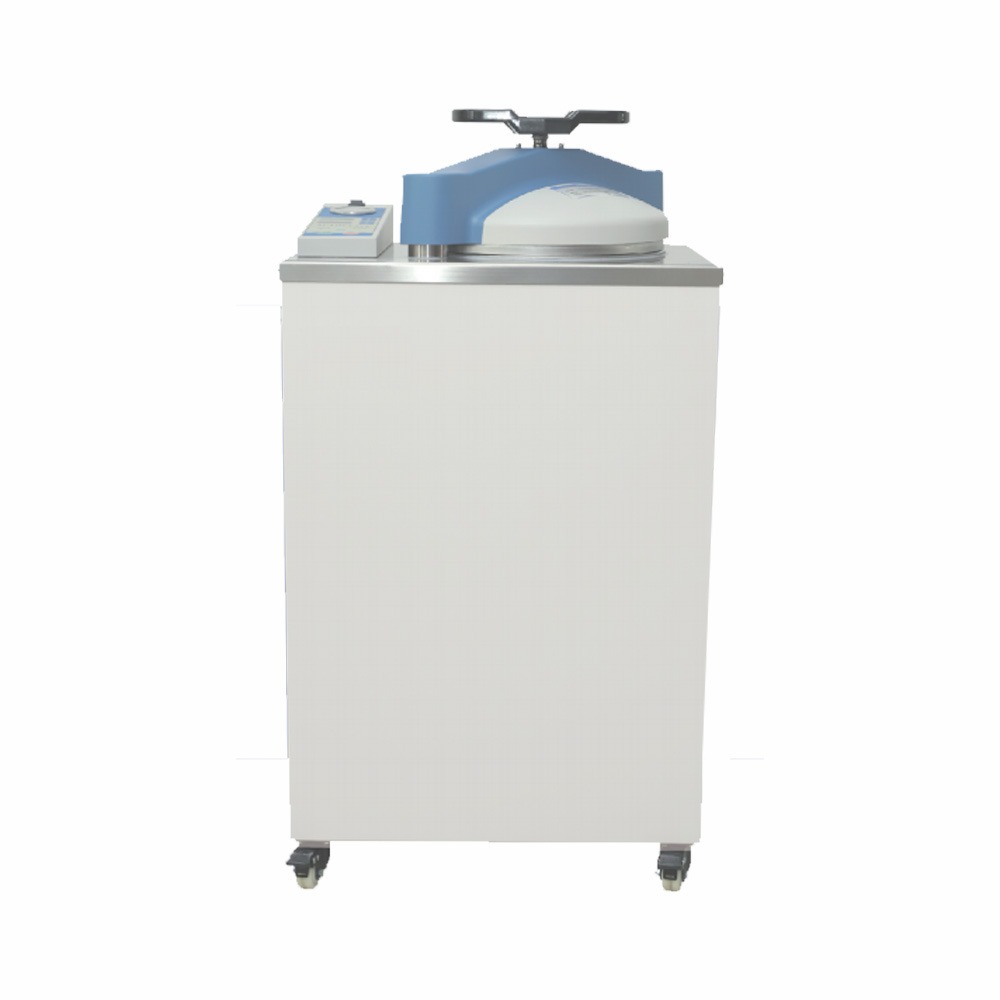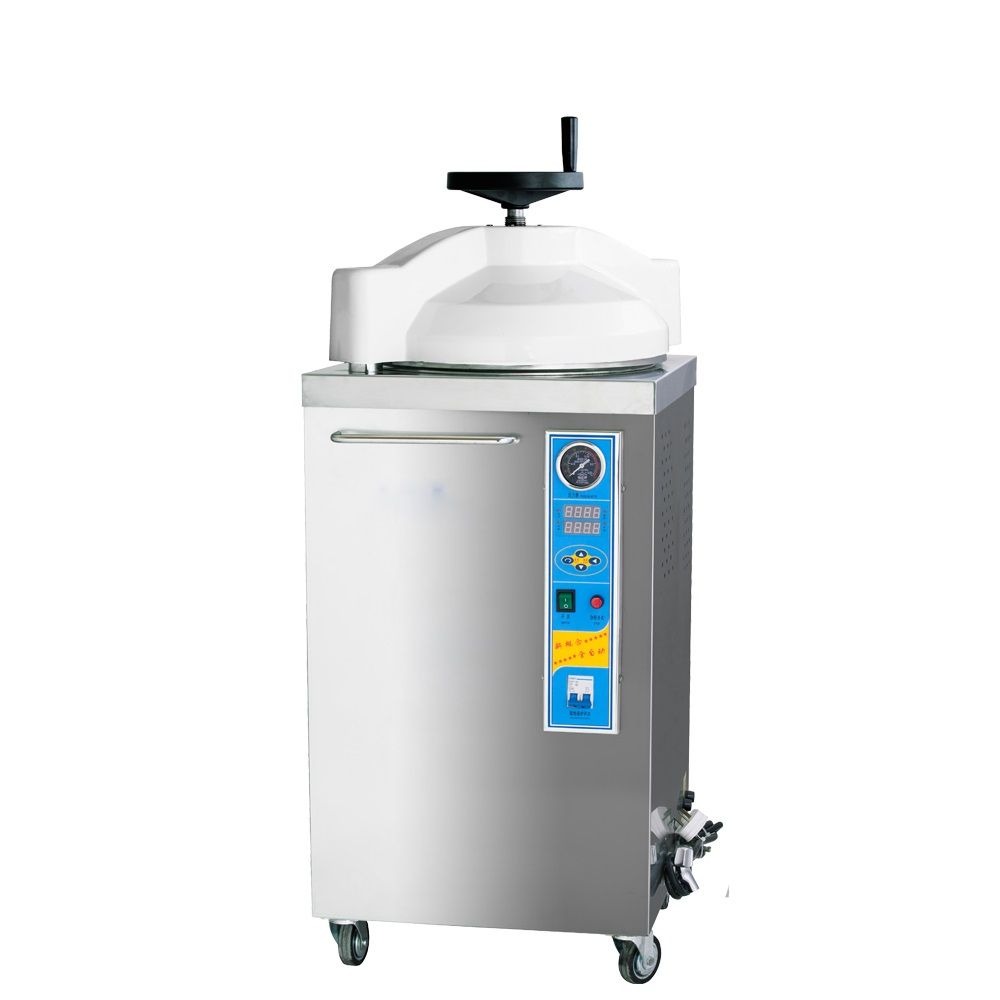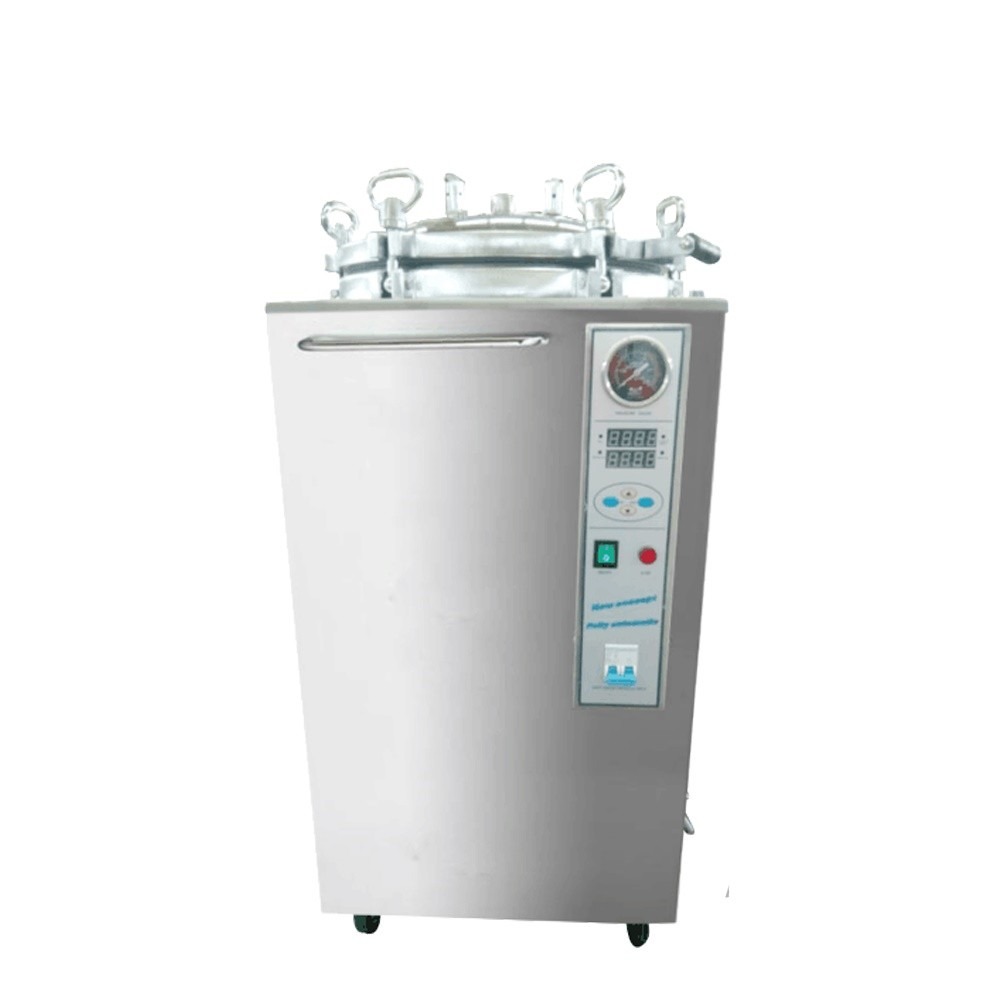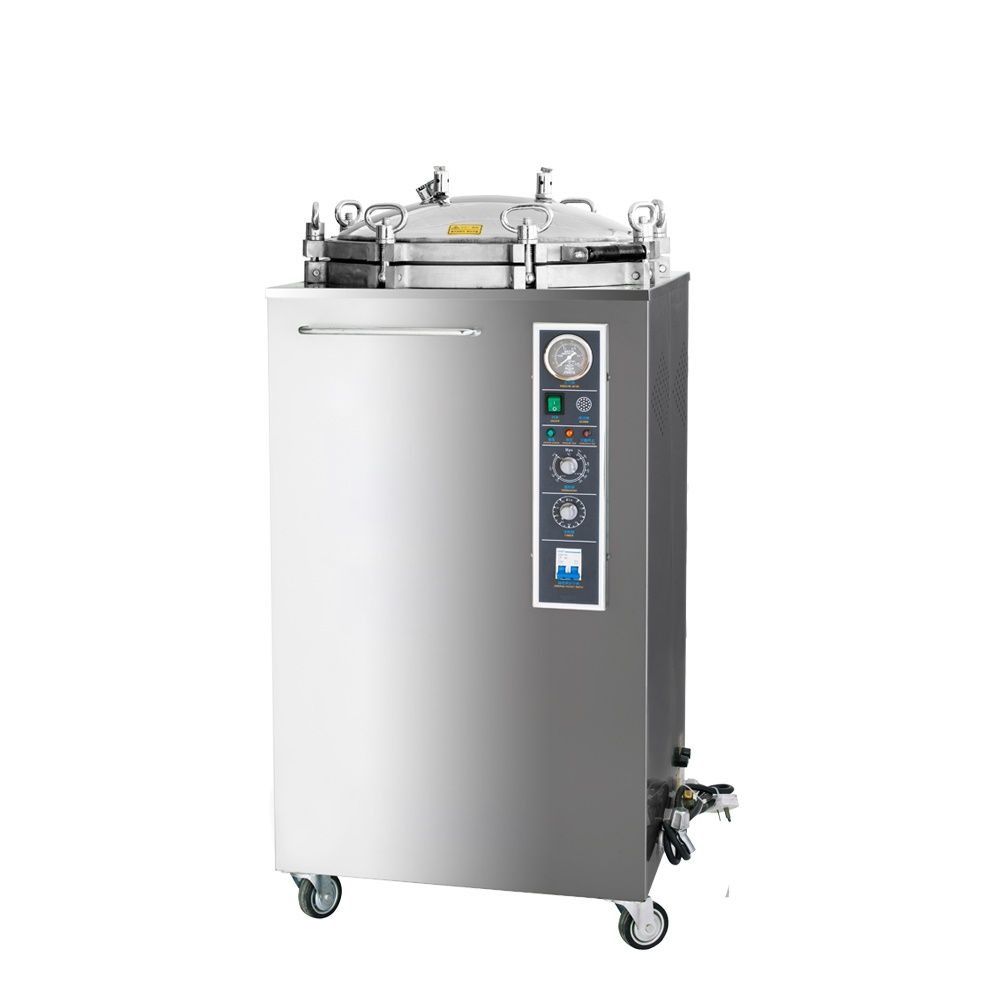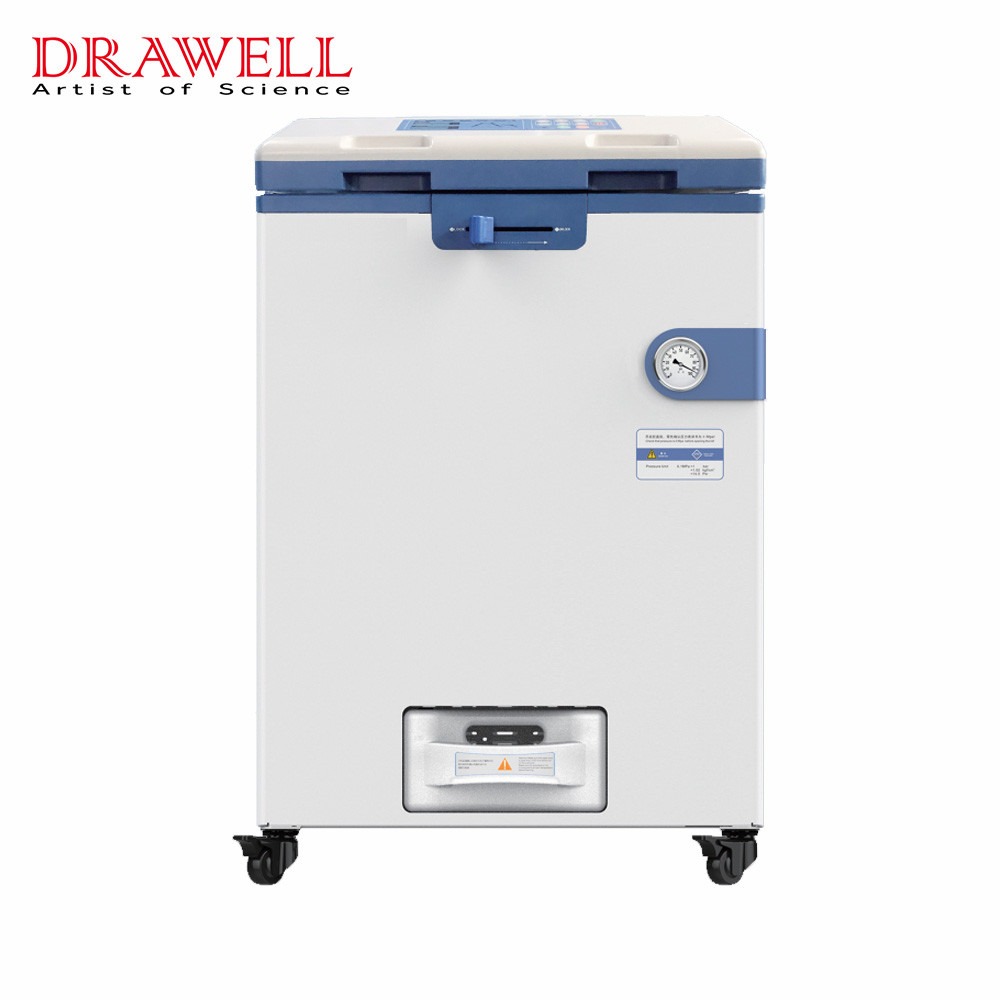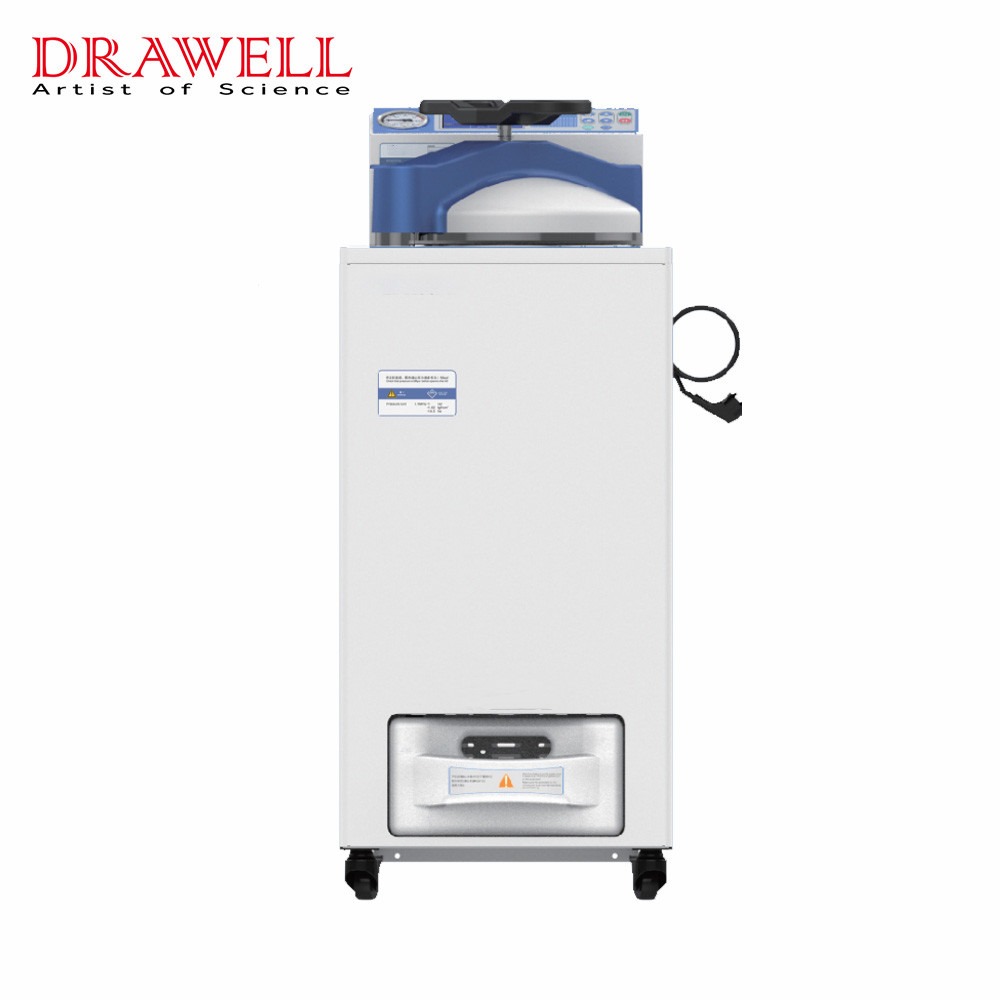In today’s rapidly evolving scientific landscape, laboratory spaces are at a premium. Researchers and clinicians alike are constantly seeking ways to optimize their work environments for enhanced productivity and efficiency. In this context, vertical autoclaves emerge as invaluable tools, offering a space-saving solution without compromising on sterilization efficacy. This article delves into the significance of vertical autoclaves in optimizing laboratory space and enhancing operational efficiency.
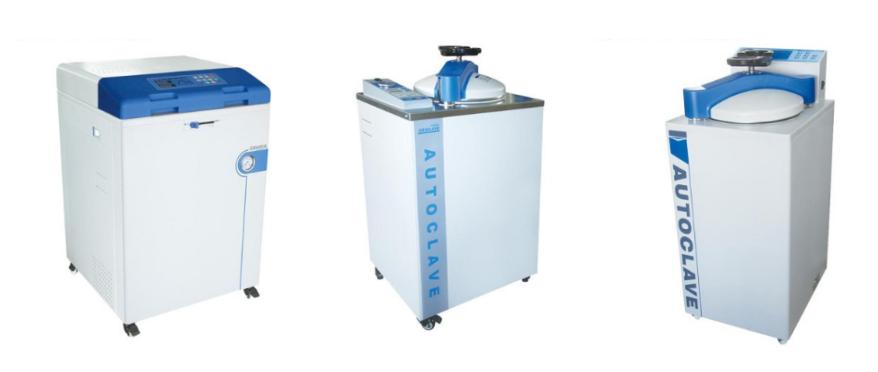
Maximizing Space Utilization with Vertical Autoclaves
Laboratories, whether in academic, industrial, or healthcare settings, often face challenges related to limited space. Every square inch counts, and efficient utilization of available space is paramount. Vertical autoclaves offer a practical solution to this issue. Unlike their horizontal counterparts, vertical autoclaves feature a design that minimizes their footprint while maximizing internal volume. This vertical orientation allows them to be placed in tight spaces or against walls, making them ideal for laboratories with spatial constraints.
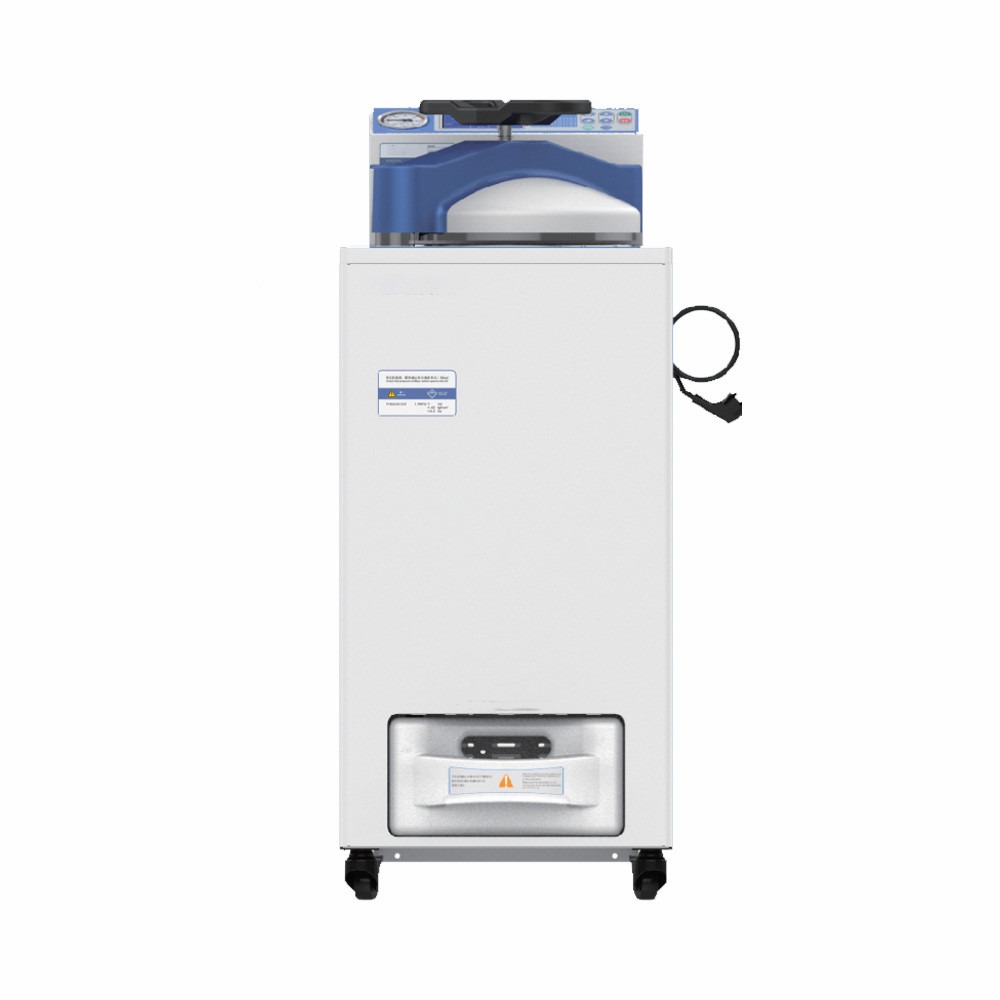
Compact Design and Expansive Capacity of Vertical Autoclaves
1. Compact Design
At the heart of vertical autoclaves lies their compact design, characterized by a tall and slender chamber configuration. Unlike traditional horizontal autoclaves, which require significant floor space, vertical autoclaves maximize vertical real estate. This design allows them to be seamlessly integrated into laboratory layouts, even in environments where space is at a premium. Laboratories can optimize their workflow and conserve valuable floor space while still benefiting from robust sterilization capabilities.
2. Expansive Capacity
Despite their compact footprint, vertical autoclaves offer impressive internal volume for sterilization. By utilizing vertical space efficiently, these autoclaves provide ample room to accommodate a diverse range of laboratory instruments, glassware, and materials. From delicate pipettes to large fermenters, vertical autoclaves ensure thorough sterilization of various items without sacrificing capacity. This expansive capacity enables laboratories to streamline their sterilization processes and handle diverse workload demands with ease.
3. Versatility and Adaptability
Vertical autoclaves offer versatility in sterilizing various types of instruments and materials, including tall or bulky items that may pose challenges for horizontal models. Their tall chamber configuration accommodates upright items with ease, eliminating the need for disassembly or specialized handling. This versatility enables laboratories to streamline their sterilization workflows, minimize downtime, and adapt to changing needs without compromising efficiency or effectiveness.
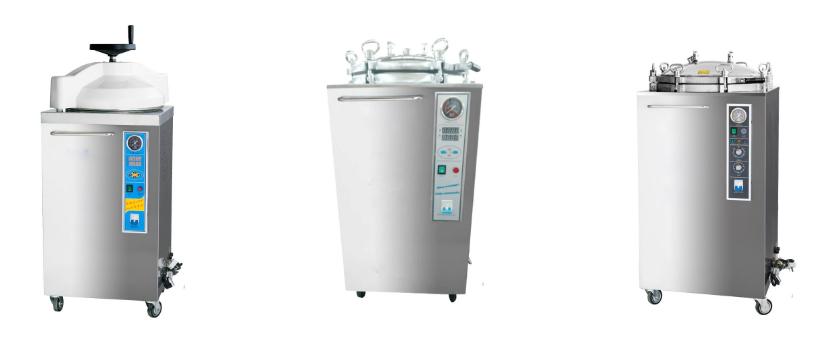
Efficient Sterilization Cycles in Vertical Autoclaves
1. Precise Temperature and Pressure Control
Vertical autoclaves are equipped with advanced temperature and pressure control systems that ensure precise regulation throughout the sterilization process. By maintaining optimal conditions within the autoclave chamber, these systems guarantee effective sterilization of instruments and materials while minimizing the risk of damage or deformation. Laboratory personnel can rely on the consistent performance of vertical autoclaves to achieve reliable sterilization results with every cycle.
2. Optimized Heating and Steam Generation
Efficient sterilization cycles rely on optimized heating and steam generation mechanisms within vertical autoclaves. These autoclaves are equipped with powerful heating elements and steam generators that rapidly raise the temperature and pressure within the chamber, facilitating the quick and thorough sterilization of instruments and materials. By optimizing heating and steam generation processes, vertical autoclaves minimize cycle times and enhance overall efficiency.
3. Customizable Cycle Parameters
Vertical autoclaves offer flexibility in sterilization cycles, allowing users to customize parameters such as temperature, pressure, and cycle duration to meet specific sterilization requirements. By tailoring sterilization cycles to the needs of different instruments and materials, laboratory personnel can optimize efficiency and ensure thorough disinfection without compromising on safety. Customizable cycle parameters empower users to achieve optimal sterilization results for diverse applications.
4. Integrated Monitoring and Validation
Many vertical autoclaves are equipped with integrated monitoring and validation systems that ensure the effectiveness of sterilization cycles. These systems continuously monitor key parameters such as temperature, pressure, and cycle duration, providing real-time feedback to users. Additionally, vertical autoclaves may feature built-in validation protocols or support for external validation processes, enabling laboratories to verify the efficacy of sterilization cycles and maintain compliance with regulatory standards.
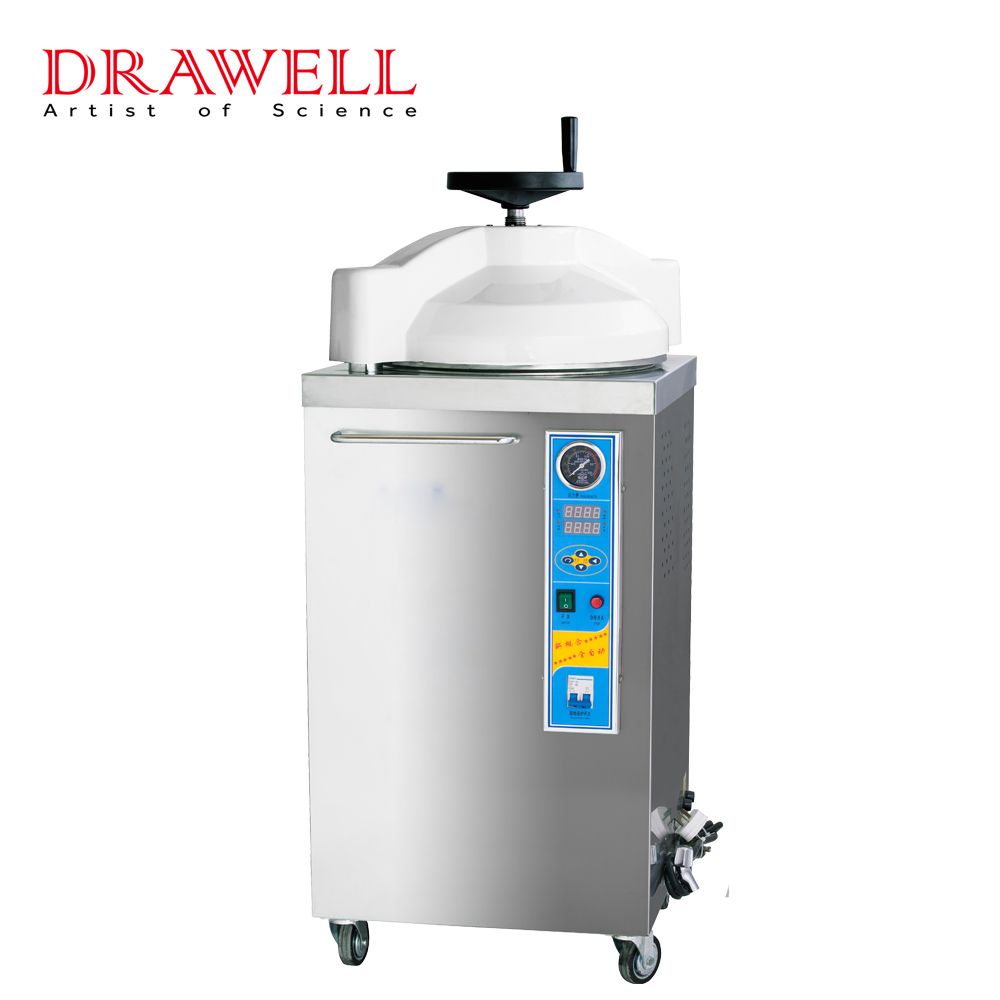
How Vertical Autoclaves Excel in the Sterilization of Tall Instruments?
Understanding the Challenge
Tall instruments, such as laboratory glassware, fermenters, and pipettes, often require specialized sterilization methods due to their unique shapes and sizes. Traditional horizontal autoclaves may struggle to accommodate these items or provide uniform sterilization, leading to potential risks of contamination. The challenge lies in finding a sterilization solution that can effectively penetrate and disinfect the entire surface area of these instruments, ensuring their safe reuse in laboratory procedures.
The Vertical Advantage
Vertical autoclaves offer a unique advantage in sterilizing tall instruments by capitalizing on their tall and narrow chamber design. Unlike horizontal autoclaves, which may have limited space or height restrictions, vertical autoclaves provide ample room for tall instruments to be placed upright within the chamber. This vertical orientation ensures that steam and heat can penetrate even the deepest crevices of the instruments, achieving thorough disinfection throughout the entire surface area.
How Vertical Autoclaves Seamlessly Integrate into Laboratory Workflows?
1. User-Friendly Interfaces
Vertical autoclaves are equipped with intuitive user interfaces designed to simplify operation and minimize user errors. From touchscreen displays to straightforward control panels, these interfaces provide easy access to sterilization parameters, cycle settings, and monitoring functions. Laboratory personnel can navigate through the sterilization process effortlessly, ensuring consistency and reliability in sterilization cycles.
2. Automated Features
Many vertical autoclaves feature automated functions that streamline sterilization processes and reduce manual intervention. Automated loading and unloading systems enable efficient transfer of instruments and materials into and out of the autoclave chamber, minimizing downtime between cycles. Additionally, programmable cycle options allow users to customize sterilization parameters to meet specific requirements, further enhancing flexibility and efficiency.
3. Connectivity Options
Vertical autoclaves offer seamless integration with laboratory information management systems (LIMS) and other laboratory equipment through connectivity options such as Ethernet, USB, or Wi-Fi. This connectivity enables data exchange, remote monitoring, and automated reporting, facilitating compliance with regulatory standards and quality assurance protocols. Laboratory managers can remotely monitor sterilization cycles, access real-time data, and generate comprehensive reports for documentation and analysis.
4. Workflow Optimization
By integrating vertical autoclaves into laboratory workflows, organizations can optimize efficiency and productivity. Strategic placement of autoclaves within the laboratory layout minimizes transportation distances and maximizes accessibility. This ensures that sterilization processes are seamlessly integrated into daily operations, minimizing disruptions and optimizing workflow continuity. Personnel can focus on their core tasks with confidence, knowing that sterilization processes are running smoothly in the background.
5. Training and Support
Effective integration of vertical autoclaves into laboratory workflows requires adequate training and support for laboratory personnel. Manufacturers provide comprehensive training programs and technical support services to ensure that users are proficient in operating and maintaining the autoclaves. Continuous education and support empower laboratory staff to leverage the full potential of vertical autoclaves, maximizing their impact on laboratory efficiency and productivity.
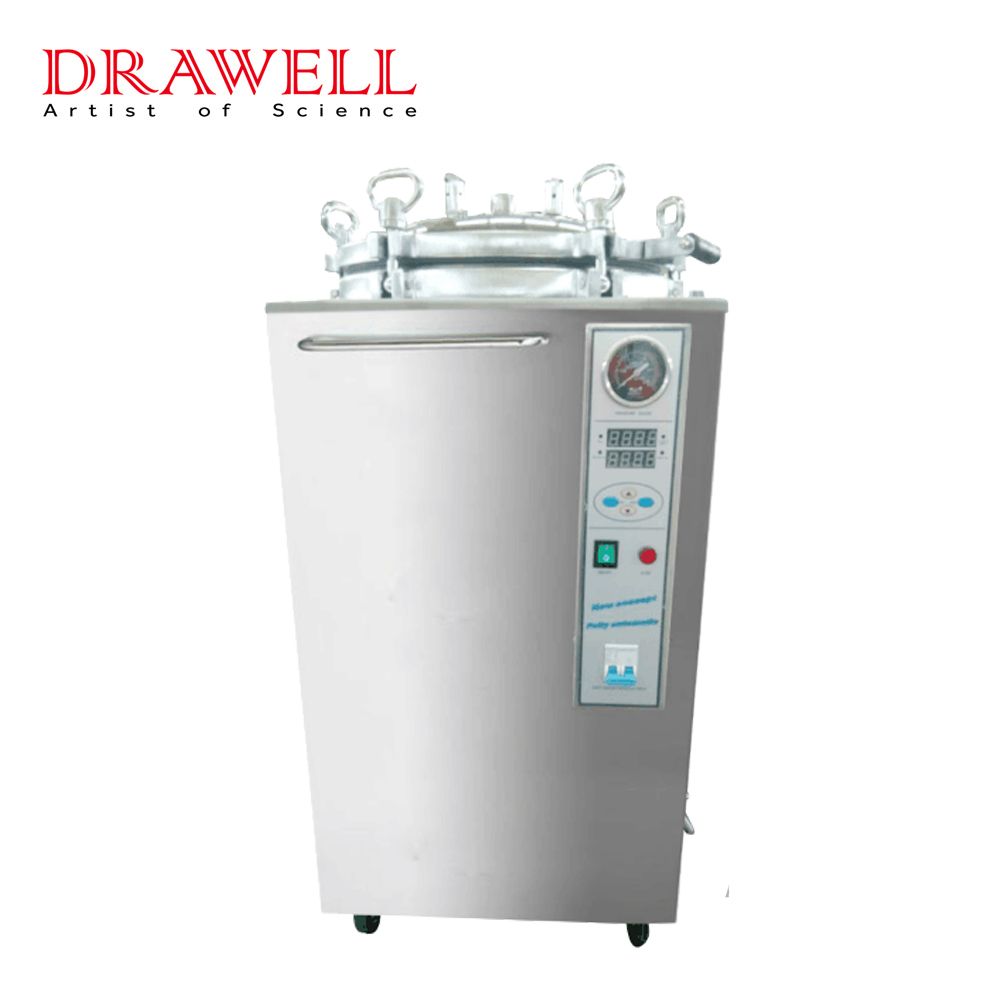
Conclusion
In the quest for enhanced laboratory efficiency, vertical autoclaves play a crucial role in optimizing space utilization. Their compact design, expansive capacity, sterilization versatility, and seamless integration capabilities empower laboratories to streamline operations and maximize productivity. By maximizing space utilization without compromising on performance, vertical autoclaves empower researchers and clinicians to focus on their work while ensuring the highest standards of safety and sterility.

